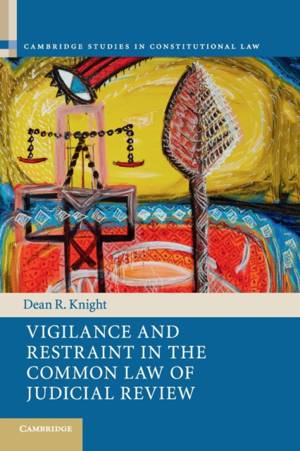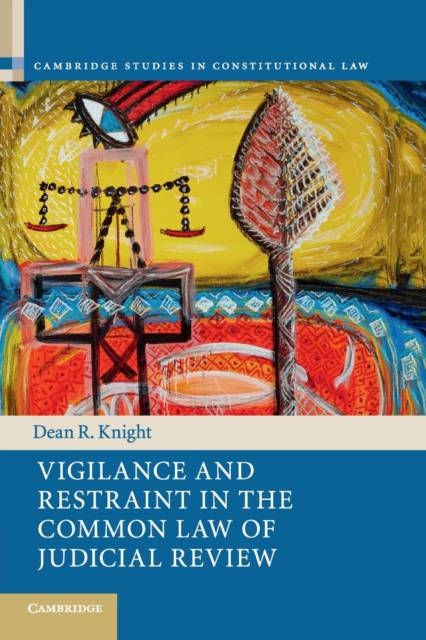
- Afhalen na 1 uur in een winkel met voorraad
- Gratis thuislevering in België vanaf € 30
- Ruim aanbod met 7 miljoen producten
- Afhalen na 1 uur in een winkel met voorraad
- Gratis thuislevering in België vanaf € 30
- Ruim aanbod met 7 miljoen producten
Zoeken
Vigilance and Restraint in the Common Law of Judicial Review
Dean R Knight
€ 60,95
+ 121 punten
Uitvoering
Omschrijving
The mediation of the balance between vigilance and restraint is a fundamental feature of judicial review of administrative action in the Anglo-Commonwealth. This balance is realised through the modulation of the depth of scrutiny when reviewing the decisions of ministers, public bodies and officials. While variability is ubiquitous, it takes different shapes and forms. Dean R. Knight explores the main shapes and forms employed in judicial review in England, Canada, Australia and New Zealand over the last fifty years. Four schemata are drawn from the case law and taken back to conceptual foundations, exposing their commonality and differences, and each approach is evaluated. This detailed methodology provides a sound basis for decisions and debates about how variability should be brought to individual cases and will be of great value to legal scholars, judges and practitioners interested in judicial review.
Specificaties
Betrokkenen
- Auteur(s):
- Uitgeverij:
Inhoud
- Aantal bladzijden:
- 307
- Taal:
- Engels
- Reeks:
- Reeksnummer:
- nr. 19
Eigenschappen
- Productcode (EAN):
- 9781316640340
- Verschijningsdatum:
- 19/12/2019
- Uitvoering:
- Paperback
- Formaat:
- Trade paperback (VS)
- Afmetingen:
- 152 mm x 229 mm
- Gewicht:
- 412 g

Alleen bij Standaard Boekhandel
+ 121 punten op je klantenkaart van Standaard Boekhandel
Beoordelingen
We publiceren alleen reviews die voldoen aan de voorwaarden voor reviews. Bekijk onze voorwaarden voor reviews.











